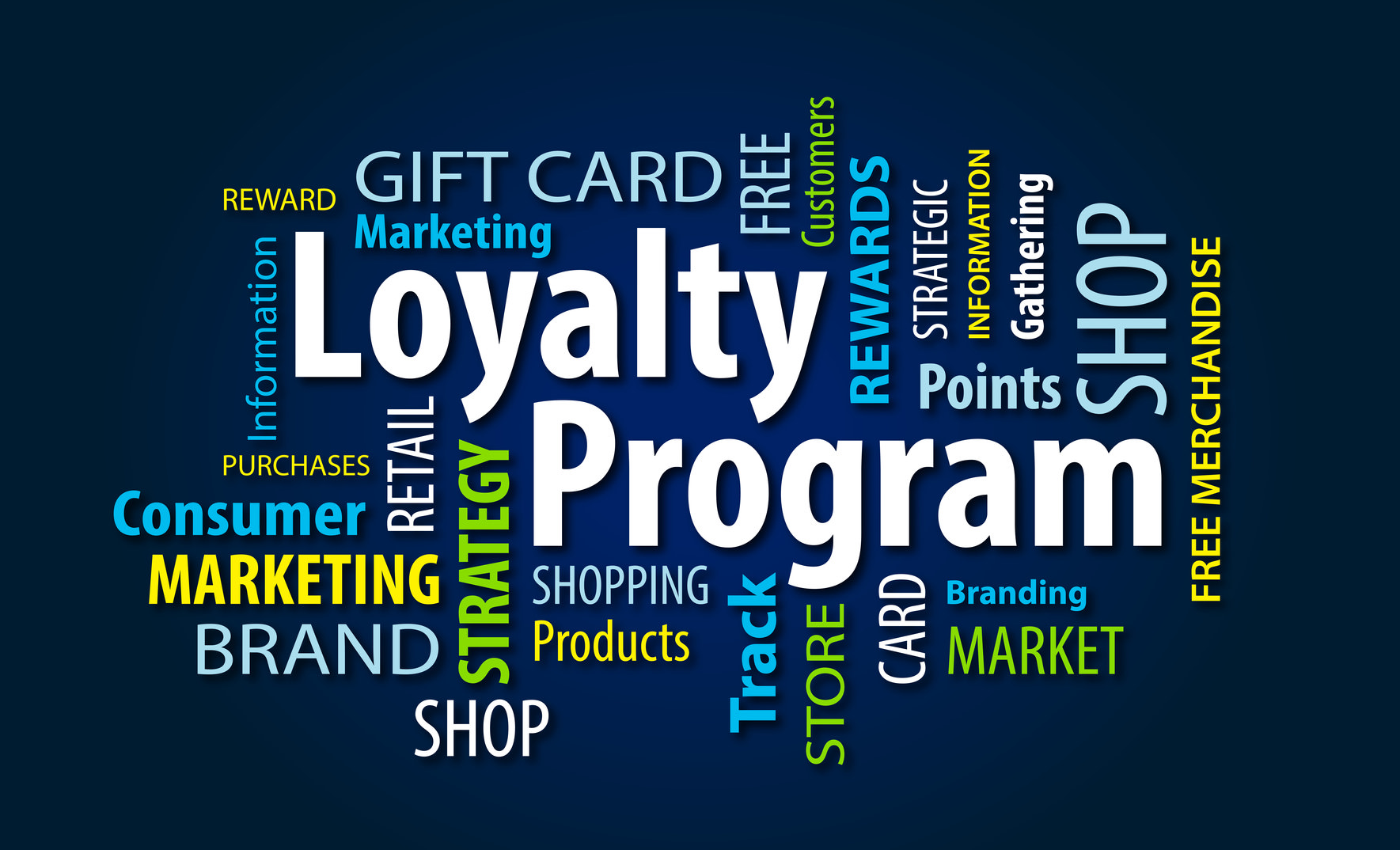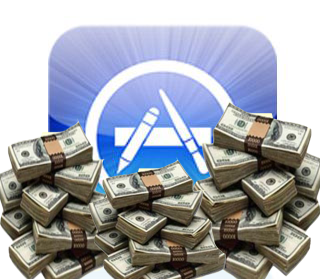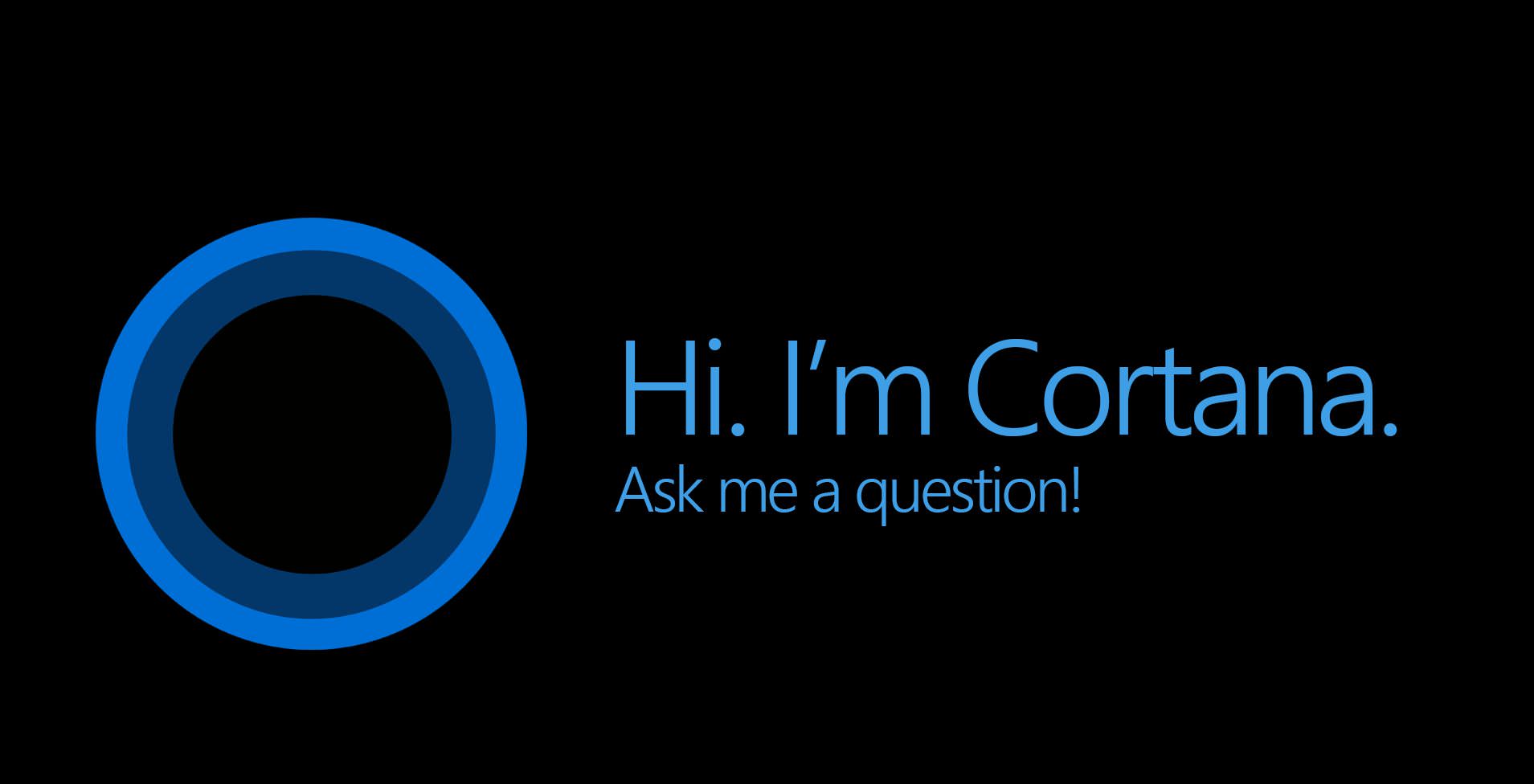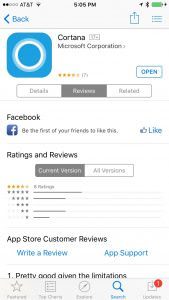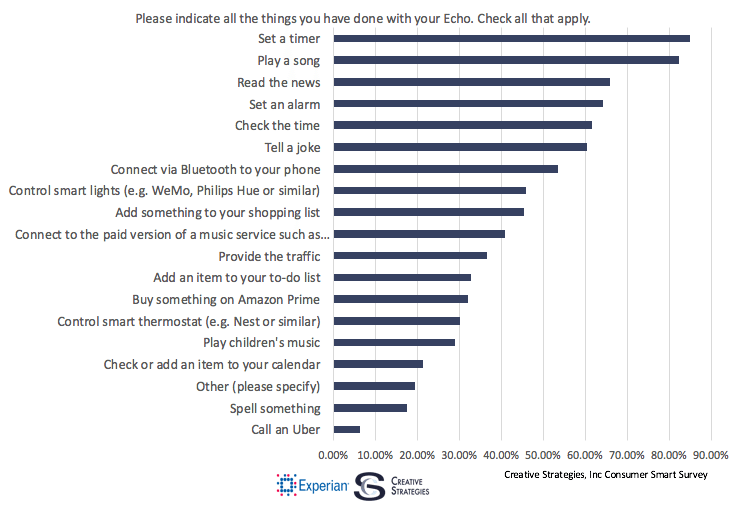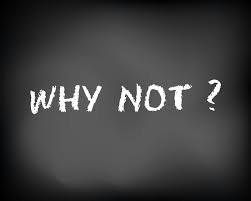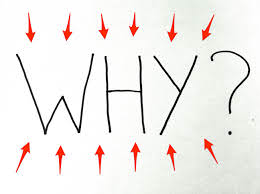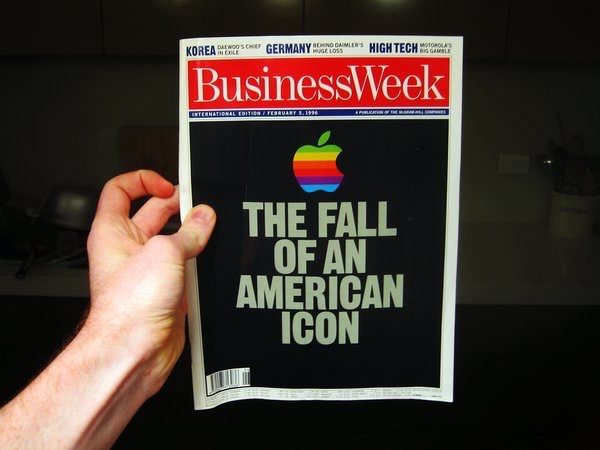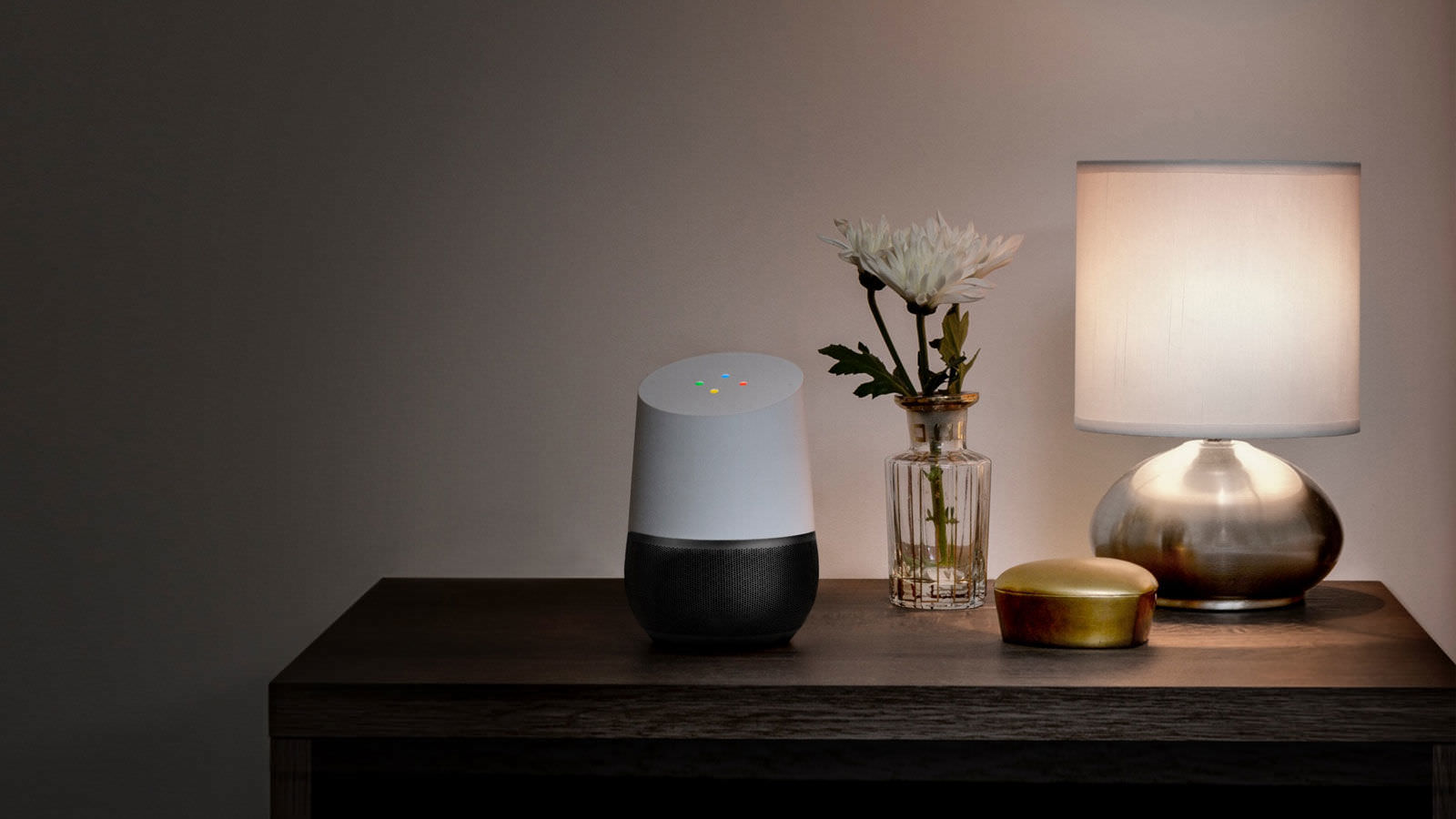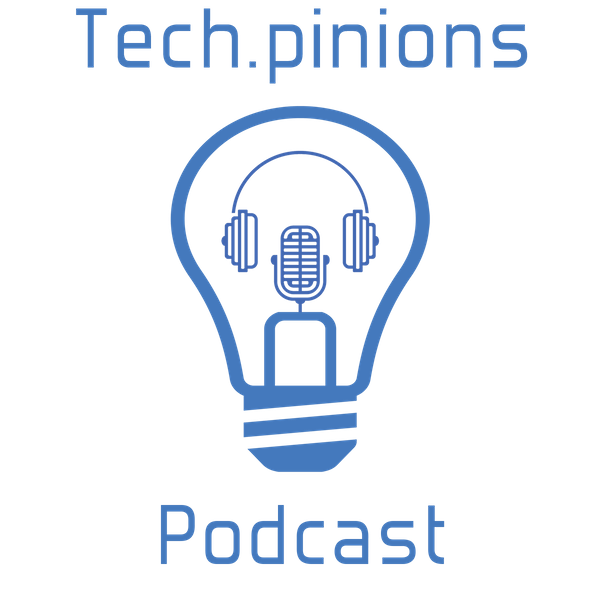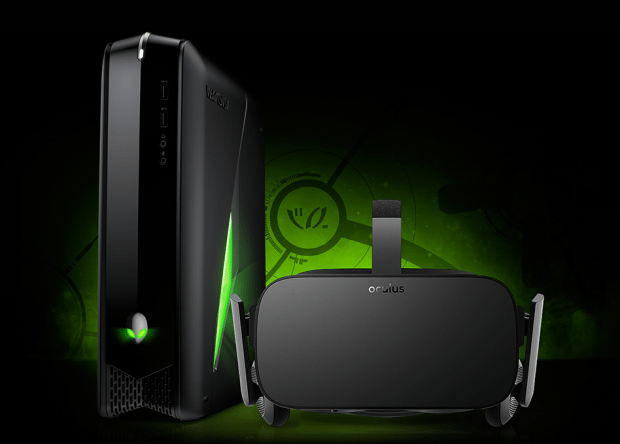ARTICLE OUTLINE
This is part 6 of 7 in a series of articles that explores Innovation at Apple.
1. Who is Apple innovating for?
2. Where should Apple’s innovation be focused?
3. How does Apple innovate?
4. When should Apple introduce its innovations?
5. What does innovation inside of Apple look like to someone outside of Apple?
6. Why does Apple do what it does?
7. Why not be Apple?
Why
Why Does Apple Do What It Does?
To be a great company, it is not enough for one to have the know-how. One must must also have the “know-why”.
You’ve got to have an idea, or a problem, or a wrong that you want to right that you’re passionate about, otherwise you’re not going to have the perseverance to stick it through. ~ Steve Jobs
Somebody once told me, “Manage the top line, and the bottom line will follow.” What’s the top line? It’s things like, why are we doing this in the first place? What’s our strategy? What are customers saying? How responsive are we? Do we have the best products and the best people? Those are the kind of questions you have to focus on. ~ Steve Jobs
Why is the “why” so important? Why does it matter so very much? I think Friedrich Nietzsche said it best:
He who has a ‘why’ to live can bear almost any ‘how.’
Without the why, life is filled with obstacles. With the why, those self-same obstacles become the stepping stones to success.
Before we ask Apple to change what they are doing, let’s first ask ourselves why Apple does what it does.
NOT ABOUT THE MONEY
Let’s start with what Apple’s “why” is not.
It may seem counterintuitive, or even strike you as naive, but it’s important to understand that Apple is not in business in order to make money. Oh sure, they need to make money to survive as a company, but making money is not their raison d’être (their reason for being).
If you keep your eye on the profit, you’re going to skimp on the product. But if you focus on making really great products, then the profits will follow. ~ Steve Jobs
Sure, it was great to make a profit, because that was what allowed you to make great products. But the products, not the profits, were the motivation. ~ Steve Jobs
We don’t take so long and make the way we make for fiscal reasons. ~ Jony Ive
Apple doesn’t make nice things in order to make money. It’s the other way around.
We make money to make nice things. Ive at Design Museum
The goal of Apple is not to make money but to make really nice products, really great products. That is our goal and as a consequence if they are good, people will buy them and we’ll make money. ~ Jony Ive
Our goal isn’t to make money. Our goal absolutely at Apple is not to make money. This may sound a little flippant, but it’s the truth…. Our goal and what gets us excited is to try to make great products. We trust that if we are successful people will like them, and if we are operationally competent we will make revenue, but we are very clear about our goal. ~ Jony Ive
We’re not focused on the numbers, we’re focused on the things that produce the numbers [emphasis added] ~ Tim Cook
My passion has been to build an enduring company where people were motivated to make great products. Everything else was secondary. ~ Steve Jobs
GREAT AND BEST
So if Apple isn’t in it for the money, what are they all about?
If you listen to what Apple says about itself, the words “great” and “best” recur over and over again. But the words are not being used to describe Apple, the company. They are being used to describe the products that Apple, the company, makes.
We don’t strive to appear cool. We just try to make the best products we can. And if they are cool, well, that’s great. ~ Steve Jobs
Our goal is to make the best devices in the world. It’s not to be the biggest. ~ Steve Jobs
We’ve always believed that our role in life is to make the best, not the most. ~ Tim Cook
Our business model is very straightforward: We sell great products. ~ Tim Cook
Our north star is to make the best product. Our objective isn’t to make this design for this kind of price point, or for this arbitrary schedule, or line up other things or have X number of phones, it’s to build the best. ~ Tim Cook
A QUESTION OF CULTURE
What is Apple’s mission? To make the very best products in the world that really deeply enrich people’s lives. That’s what we’re about. And now it’s not to make the most. It’s not to have the highest market cap, but that’s the result of doing the first one well. That’s what we’re about. And hopefully you can see that in our products and, more importantly, feel that in the experience you have using them. That’s what we’re about.
And everybody here knows that. That’s the beauty of this place. We don’t have to put posters on the wall to remind people of that. Everybody knows it. [emphasis added] ~ Tim Cook
Go back and re-read the last paragraph of the above Tim Cook quote. Do you see what he is saying there? He is talking about everyone at Apple knowing what’s expected of them without being told. When you’re talking about knowing what you have to do, i.e., knowing what your mission is, without being told, you’re talking about culture.
The only purpose for me in building a company is so that it can make products. Of course, building a very strong company and a foundation of talent and culture is essential over the long run to keep making great products. ~ Steve Jobs
If [people] are working in an environment where excellence is expected, then they will do excellent work without anything but self-motivation. I’m talking about an environment in which excellence is noticed and respected and is in the culture. If you have that, you don’t have to tell people to do excellent work. They understand it from their surroundings. You may have to coach them at first, but then you just get out of their way, and they’ll surprise you time and time again. ~ Steve Jobs
(Steve was) (a)lways expecting the very best. Apple has a culture of excellence that I think is so unique. [emphasis added] ~ Tim Cook
A startup’s culture develops — usually spontaneously — in order to solve an initial problem. If the culture is great at solving that problem — and if that problem is one worth solving — the company becomes great.
[pullquote]First you create the culture…then the culture creates you[/pullquote]
It’s important to understand that first you create the culture…then the culture creates you.
Whenever a subsequent puzzle arises, the company intuitively, but absentmindedly, solves the new problem in the old way. No edicts need be issued, no instructions need be given, no words need be said. “This is how we do things” becomes the explicit mantra of the company. “This is why we do things” becomes the implicit mantra of the company.
Product is easy to copy. The culture that produced the product is hard to copy ~ Alex Y. (@jitbit)
This gives the company a huge competitive advantage. The company instinctively, and almost effortlessly, solves problems that their competitors struggle to deal with.
QUESTIONING CULTURE
Yes, culture is the solution…but it’s also the problem. Times change, but culture does not.
(W)hile a company can reinvent itself around new products and new categories, and continue to thrive, I believe culture is the sort of pie that can only be baked once. ~ Ben Thompson
Newly hired CEO’s of struggling companies are always talking about changing the company’s culture…
It’s tempting for execs of disrupted companies to focus on “changing culture”. It seems more doable than admitting the business is obsolete. ~ Ben Thompson
…but culture doesn’t change.
If you hear that a mountain has moved, believe; but if you hear that a corporation has changed its culture, believe it not. ~ pseudo ancient wisdom
When Steve Jobs returned to Apple in 1997, he didn’t talk of changing Apple’s culture. He talked of returning Apple to its original culture.
One of the things that happened when we got back to Apple was, we said, Apple’s all confused. Apple’s forgotten what it is. Who is Apple? Why is Apple here?
What we’re going to do…is to get back to our core value. A lot of things have changed, the market’s a totally different place than it was a decade ago and Apple is totally different and Apple’s place in the market is totally different…but values, and core values — those things shouldn’t change. ~ Steve Jobs, 1997
Go back and re-read the last sentence of the above quote. It might be the most important quote in the entire series.
— Things change.
— Markets change.
— Apple changes.
— But Apple’s values, and core values…they should remain the same.
To forget one’s purpose is the commonest form of stupidity. ~ Friedrich Nietzsche
STRATEGY
Pundits glibly talk about a company changing its strategy, but everything — including strategy — is built on top of culture. No strategy can survive if the underlying culture does not support it.
Let me stop here and repeat that, because it is really, really important and it is also really, really ignored by both the ignorant and the intelligent alike.
[pullquote] You can’t change your strategy unless your underlying culture supports the new strategy.[/pullquote]
You can’t change your strategy unless your underlying culture supports the new strategy.
Culture eats strategy over breakfast. ~ Peter Drucker
If a company is being asked to employ a strategy that is incompatible with its culture, they are not being asked to change themselves, they are being asked to change their very nature, their very being.
Company cultures are like country cultures. Never try to change one. Try, instead, to work with what you’ve got. ~ Peter Drucker
Asking a company to use a strategy that is incompatible with its culture is like asking a fish to fly or a hawk to swim. Yet this is exactly what the critics — smug in their naiveté — ask of Apple.
THE “WHY”
What is Apple’s “why”?
We do these things not because we are control freaks. We do them because we want to make great products, because we care about the user, and because we like to take responsibility for the entire experience rather than turn out the crap that other people make. ~ Steve Jobs
If you are working on something exciting that you really care about, you don’t have to be pushed. The vision pulls you. ~ Steve Jobs
Ideals are like stars; you will not succeed in touching them with your hands. But like the seafaring man on the desert of waters, you choose them as your guides, and following them you will reach your destiny. ~ Carl Schurz
Apple wants to make a significant contribution.
Our objective isn’t to make this design for this kind of price point, or for this arbitrary schedule, or line up other things or have X number of phones, it’s to build the best. … Can we make a significant contribution far beyond what others have done in this area? Can we make a product that we all want? ~ Tim Cook at AllThingsD
Apple wants to make things better.
Some people see innovation as change, but we have never really seen it like that. It’s making things better. ~ Tim Cook
Apple wants to be the bridge.
Apple has always been, and I hope it will always be, one of the premiere bridges between mere mortals and this very difficult technology. We may have the fastest PCs, which we do, we may have the most sophisticated machines, which we do. But the most important thing is that Apple is the bridge. ~ Steve Jobs, 1999
Apple wants to change the way you live your life.
We want to change the way you live your life. ~ Tim Cook
Apple wants to make the world a better place.
The competitors, like Commodore and Kaypro, were all doing speeds and feeds, whereas Steve always wanted things like “What is the significance in the world? How might this change things? ~ Steve Hayden, copywriter on the Apple account for Chiat\Day (later vice chairman of Ogilvy & Mather) ((Excerpt From: Max Chafkin. “Design Crazy.” iBooks. https://itunes.apple.com/WebObjects/MZStore.woa/wa/viewBook?id=697961602))
The reason I went back to Apple is that I feel like the world would be a better place with Apple in it than not. And it’s hard to imagine the world without Apple now. ~ Steve Jobs
Thank you for your support of this company. I think the world’s a better place for it. ~ Steve Jobs
Apple is a conspiracy to change the world. ((A great company is a conspiracy to change the world. ~ Peter Theil))
We said, “Well, these are our roots. This is why we’re here. The world doesn’t need another Dell or Compaq. They need an Apple.” ~ Steve Jobs
Critics take note. Not every company should do things the way Apple does. But neither should Apple do things the way every other company does. The world doesn’t need Apple to be Google or Facebook or Amazon. They need Apple to be Apple.
ARTICLE OUTLINE
Tomorrow, part 7 of 7.
1. Who is Apple innovating for?
2. Where should Apple’s innovation be focused?
3. How does Apple innovate?
4. When should Apple introduce its innovations?
5. What does innovation inside of Apple look like to someone outside of Apple?
6. Why does Apple do what it does?
7. Why not be Apple?
